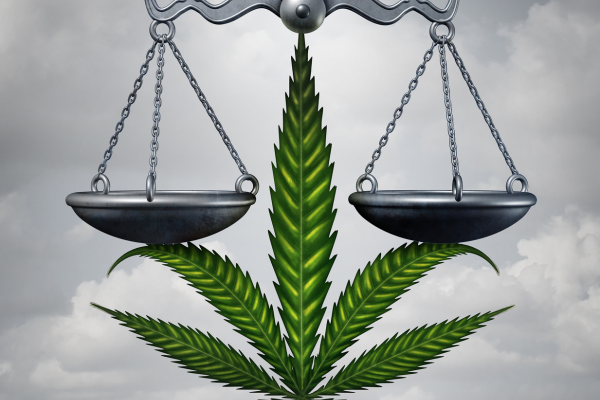
Cannabis regulations have focused on final product testing by third-party (read: independent) laboratories) as the primary methodology in which to ensure that cannabis products are safe for human use or consumption. This places all of the proverbial eggs of a single production batch in one basket, creating high stakes for the business owner. While the concept of final product testing is not new, however, when relied on alone is well known to be ineffective (e.g. Zwietering et al., 2016). For example, the International Life Sciences Institute (ILSI), a non-profit organization with members from Cargill, General Mills, and other well-known food and drug manufacturers has summarized the problem well as it relates to microbiological contamination in foods. Recently, I was invited to speak to the Oklahoma Senate Human and Health Services Committee about a key component of Good Manufacturing Practices, process validation, for their medical cannabis program. (You can watch the full video of our hearing here)
Why is Process Validation so important?
For final product testing to be effective, there MUST be adequate controls in place to reduce the risk of contaminants entering the process, or variations in the process that could result in a product not meeting acceptable product specifications. This Quality by Design (QbD) approach, a term well known in the drug and pharmaceutical industry, utilizes Good Manufacturing Practices (GMPs) to achieve this goal. The term process validation is more generally recognized outside of the pharmaceutical industry. Even ISO 9001, the global standard for Quality Management Systems used by over 1 million businesses of all types worldwide, includes Validation (section 8.5.1) as a requirement.
The best part? When utilized, process validation as part of an overall quality program saves businesses time and money and increases brand reputation through the reduction of rework due to failed final products, less product and raw material waste, increased customer satisfaction, and tighter controls over the process — that can be measured! In Colorado alone, more than 1 in 8 cultivated cannabis batches continue to fail final product testing. That alone should incentivize businesses to incorporate quality programs into their operation.
What is Process Validation?
GMPs and Process Validation can be intimidating if you have never developed or participated in such a program. Putting the lingo aside, process validation demonstrates that your process is capable of reliably and repeatedly rendering a product of the required quality. To do so, you need to break down your process into individual steps, and evaluate the criticality of each step. Think – what is the worst case scenario at this step – what could go wrong? Would you be able to detect it? What would the impact on product quality be?
When beginning to evaluate your process, you will want to:
At this point, you have broken your process down and evaluated it with clear specifications and acceptable limits. Now it is time to prepare to run your experiment!
Experiment complete. Now it is time to synthesize and evaluate whether your process was successfully validated.
Finally, your conclusions then get incorporated into relevant SOPs (e.g. cleaning SOPs, production SOPs) and master batch records!
Need help? We assist clients with preparing Validation Programs all the time. Sometimes, simply being there to advise the team on the proper design of the experiment and evaluation of the results will get your team over the finish line, significantly reducing operational errors that result in rework and destroyed batches. Contact us today!
Join Us?
Every client that works with us gets to take advantage of our consultants’ decades of expertise in food safety programs, pharmaceutical, medical device quality systems, and sanitary design engineering to build quality into their operation at every step. By doing so, our clients are prepared for the future of federal legalization which will certainly require GMP programs and proof of a validated process. It also puts them at the forefront of having quantifiable data to continuously improve, reducing their operational costs, and waste. If you are familiar with SixSigma or Lean Manufacturing, quality programs are all prerequisites to being able to build in more sophistication and cost savings programs. The level of quality and reputation of cannabis brands has yet to emerge – who will be the future Toyota of cannabis?